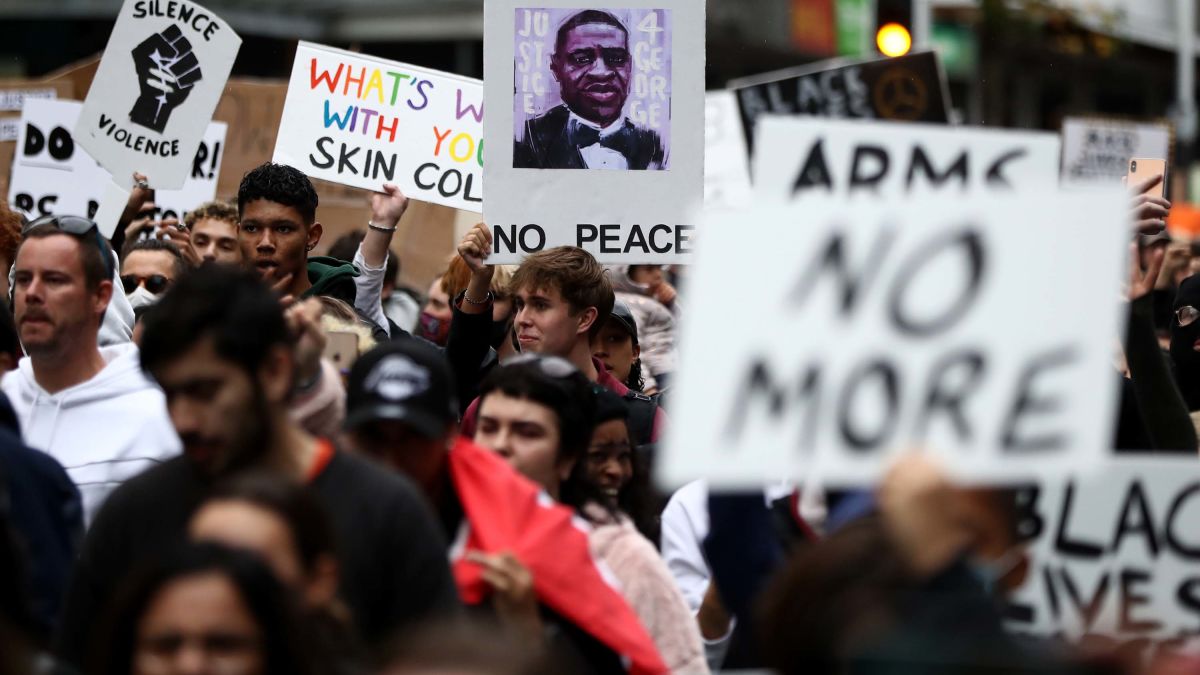Ryan Burg
rb620917@ohio.edu
Artificial intelligence has always been a part of technology and the internet to help serve human-like tasks to make them faster and easier from virus protection to self-driving cars, but now they are being used to manipulate people to help boost numbers for companies.
Artificial intelligence has been used to create fake profiles on social media platforms so people could gain more numbers for likes and followers, but now they are getting more involved in our day-to-day life.
Some AI's can be programmed as text bots online. They learn from humans by studying how we communicate on media platforms and use it to their advantage. Their writing can be as simple as messaging someone to visit a site or as complex as writing an article and post it online
In a British Broadcasting Company interview, Noel Sharkey, a computer science professor at the University of Sheffield stated that "If the software worked as intended by Open AI, it would be a very useful tool for easily generating fake news and clickbait spam. Fortunately, in its present form, it generates incoherent and ridiculous text with little relation to the input 'headlines'."
If AI keep evolving and keep getting smarter, it can put out more realistic texts and can cause more confusion as to what news to trust or not, even though it's tough enough already.
 |
| Picture source: The Washington Post |
If you think that's bad, it gets worse, AI firms are also creating and selling computer-generated images of "humans" to companies to create artificial models. They are used to show diversity within their company while also having the option to create the right shape and size so they can make their ad perfect they way they want it to look like.
Forbes stated that "The Swedish fashion chain H&M admitted to using computer-generated models on its website after it was confronted and challenged about "uncanny similarities" with the models. In this case, the heads of real models were superimposed on the same body."
The company got plenty of backlash on this because of them showing off computer-generated body images to show off their product in the best way possible creating a false reality for customers while creating an unrealistic body image for women to live up to.
Artificial intelligence creating fake people started with computers generating people from the head to the shoulders. Now people are thinking soon enough they'll be doing full-body generations that you won't even realize from the naked eye.
This is a concern to marketing everywhere because it is unfair to show a "person" modeling for a company and not be human so the product could look the best possible. With AI's becoming more intelligent and evolving, they are taking away jobs for humans and making them their own.

















